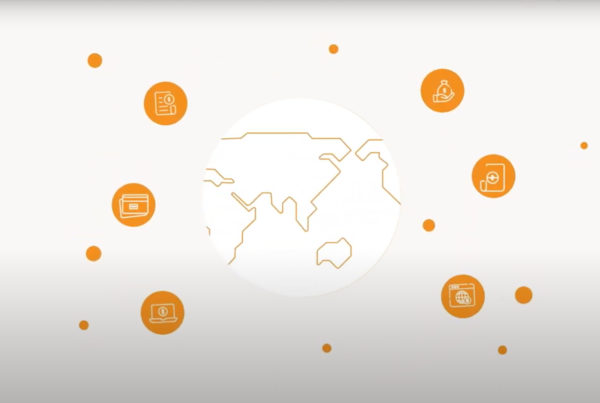The EMV migration is now in full swing, and merchants, consumers and banking institutions are making adjustments to change their payment methods with respect to liability shifts. EMV migration is also laying the groundwork for the next generation of contactless payments which will be enabled by near field communication (NFC) technologies.
What is EMV?
EMV creates a secure ecosystem for card issuers, merchants as well as the customers. It is a transition from “swipe” based magnetic cars to “chip & pin” card base payment system. Unlike magnetic cards which contains only the static information of the card user, which can also be counterfeited, EMV provides dynamic information to the payment terminal that change with every transaction and thus helping in the containment of “card present” fraud. The other major change is how EMV cards are processed at the POS terminal. Unlike magnetic cards which are swiped, EMV will require the user to insert the card in the terminal for the duration of the transaction.
What is EMV compliance?
EMV compliance has become important to the card issuer as well as to the merchant/acquirer against the backdrop of the liability shift coming into effect after the cut-off date.
For example, failing EMV compliance, liability arising from payment fraud could shift to the merchants in the following scenarios –
Scenario 1: Counterfeit fraud
If merchant terminal is not enabled for contact chip and a payment is processed with a counterfeit magnetic card (with track data copied from chip card) the counterfeit liability falls on the merchant after the cut-off date
Scenario 2: Lost or stolen cards
If merchant terminal is not enabled for chip card and a payment is processed with a chip card, pin preferring CVM (online or offline) the liability of the lost or stolen card shifts from the issuer to the merchant
The liability will shift to the merchant even if the terminal is chip card compliant but with signature CVM when the payment is made with a chip card with pin preferring CVM (online or offline).
As is clear from the liability shift, the issuers as well as the merchants have very compelling reasons to comply with EMV compliance
Is EMV the most comprehensive payments system around?
Firstly, there is the behavioural aspect to EMV processing at merchant POS. Unlike the earlier “swipe” and pay technology, EMV will require the card user to insert the card inside the terminal for the entire duration of the transaction. Is it faster than “swipe”? The answer is definitely a “no”.
EMV has played a big role curbing the menace of “card present” counterfeiting at merchant POS. However, EMV does not cover “card not present” transactions, for example, e-commerce transactions. With the rapid proliferation of smartphones, newer and faster networks, more and more people are expected to shop online in the future. So is it the most comprehensive? The answer is still a “no”.
Also, EMV ready payment terminals will require out of pocket expense for merchants which they may not be ready even with the spectre of the liability shift looming in front of them.
What is the way forward for EMV technology?
EMV technology is expected to spur adoption of Near Field Communication technology or near field payments. Most of the EMV payments today use contact not contactless technology. So the next wave of EMV technology could be contactless NFC technology.
NFC is getting more attention in the market now that we have gone through the initial wave of chip based EMV payment. This is a good sign because the acceptance infrastructure is already in place in the form of chip & pin based cards and chip and pin based acceptance terminals (merchant POS). The customers accustomed to inserting their chip based card in the payment terminal may now look for something simpler in the form of contactless payments with NFC enabled mobile phones or wearables.
Also this convenience does not have to come at a cost. The use of biometrics, HCE, tokenization, secured element (SE) in mobile payments proves that convenience does not come at the cost of security.
Also, unlike “card present” EMV transactions that are possible only in a physical setting, mobile payments can be used virtually for making payments for ecommerce transactions. The rapid proliferation of smartphones and the acceptance of chip and pin payments could lead to a massive uptake of mobile payments in the future.
Mobile payments is definitely the way forward for EMV taking into consideration the burgeoning volume and importance of virtual web based transactions. Contactless mobile payment is receiving significant attention as the focus is on providing customers with the most comprehensive payments solution catering for online as well as offline transactions. What we are witnessing now is a gradual transition from “swipe” to “chip” to “mobile payments” with “wearables” in store in the future.






